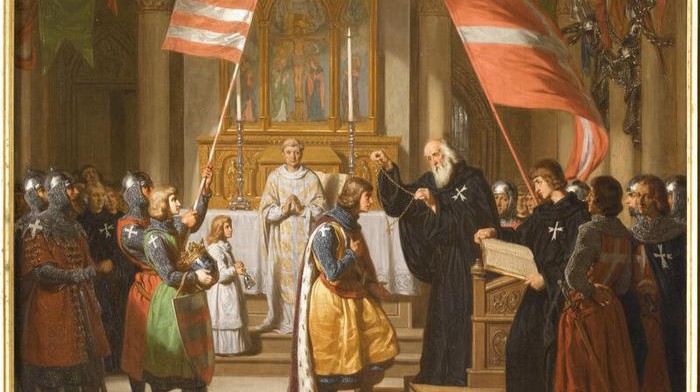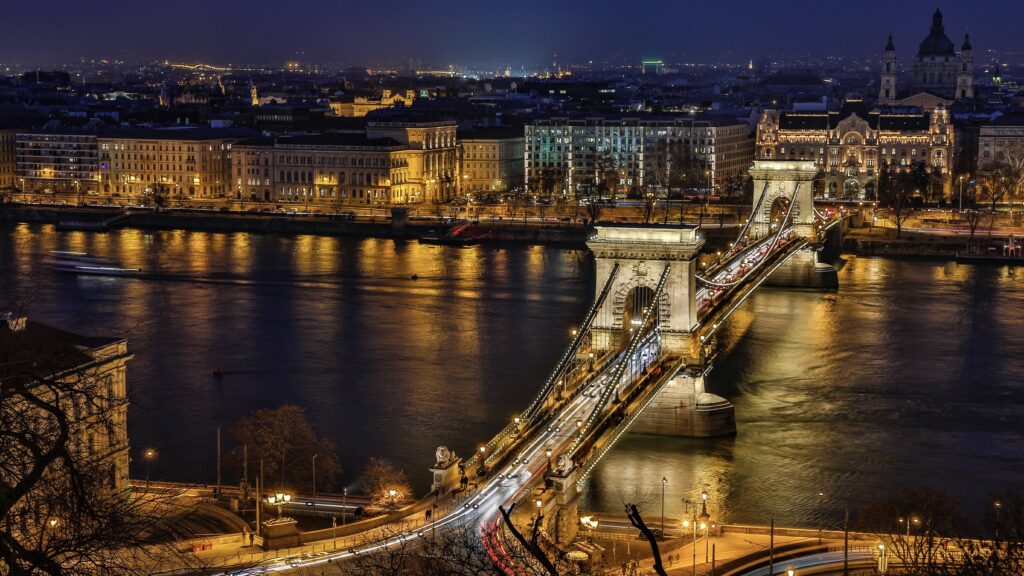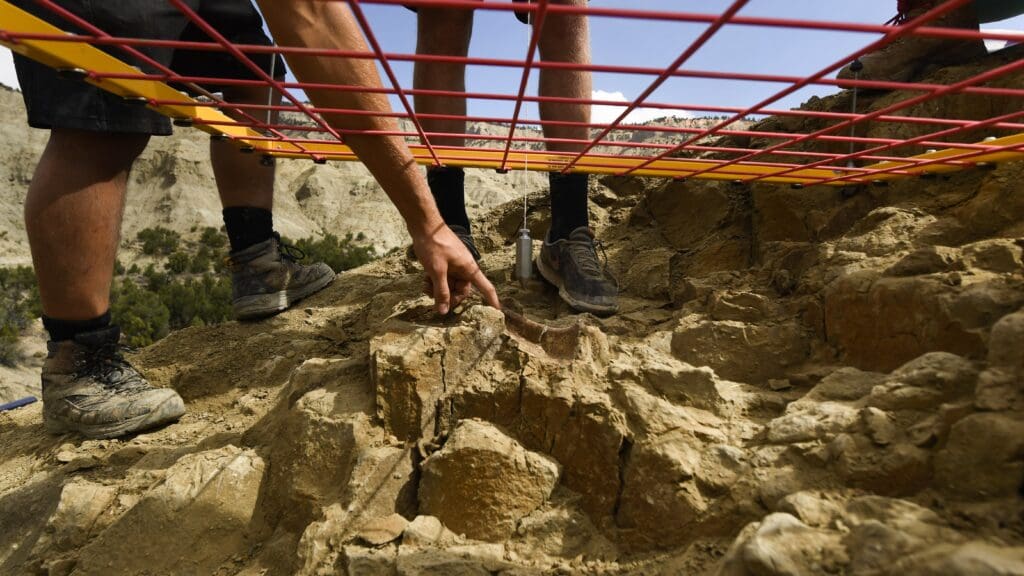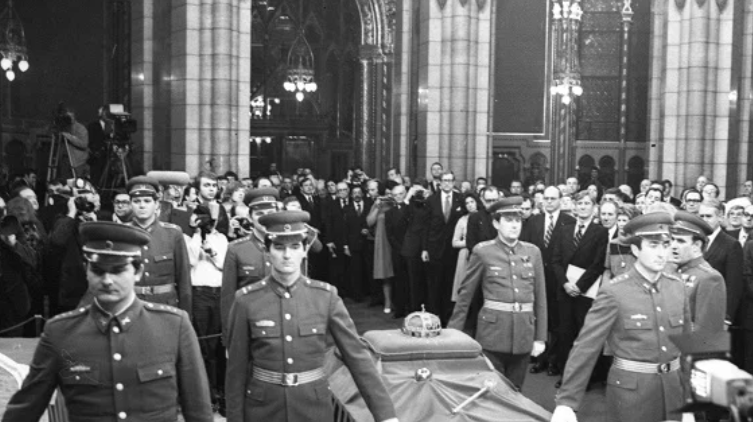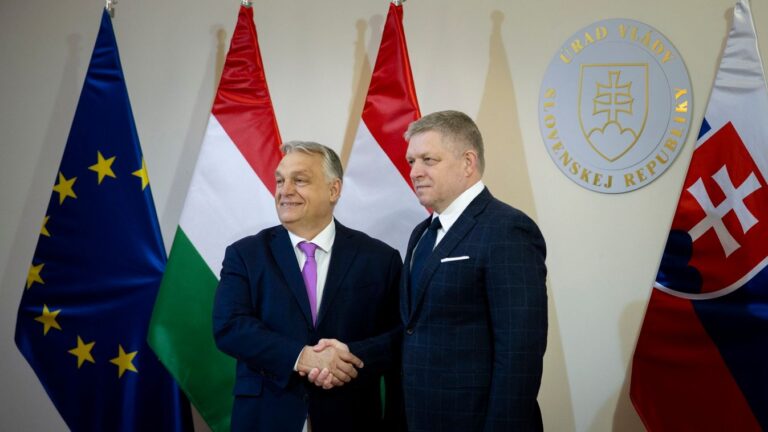Even though pilgrims and crusaders on their way to the Holy Land passed through the Kingdom of Hungary from the 1020s, there are very few sources of Hungarian participation in the crusades. It was, therefore, an event of unprecedented significance when King Andrew II of Hungary (reigned 1205–1235) fulfilled the crusading vow of his father, King Béla III (r. 1172–1196), and after many years of delay, set out for the East in 1217. We would be wrong if we thought that posterity has always remembered this event with joy. Traditionally regarded in Hungarian historiography as a weak-willed and recklessly prodigal king, the person of Andrew overshadowed the undertaking itself, and international scholarship has sought to blame the failure of the Fifth Crusade on the King’s premature return from the Holy Land. In many works, he has become the epitome of the ‘bad crusader’.
The reason why Andrew, as prince (1197–1204) and later king, delayed the start of the undertaking has been explained mainly by the negative qualities attributed to him. A more nuanced explanation is the alleged unpopularity of the crusade in Hungary, which, judging by events, is more likely to be refuted.[1] In fact, there were few Hungarian rulers whose families were more strongly influenced by the crusade.
King Andrew’s grandparents, King Géza II (r. 1141–1162) and his wife, founded the only Hungarian knightly order, the Order of Hospitaller Canons Regular of St Stephen, which maintained the Hungarian church and hospital in Jerusalem. Tradition has it that Stephen, our first Hungarian king (r. 1000–1038), founded a hospital in Jerusalem, in addition to Rome and Constantinople. The institution, with a church dedicated to the Virgin Mary and King Stephen, must have been in operation in the 12th century, after the Battle of Hattin in 1187 at Acre. Andrew II’s mother, Agnès de Châtillon, was the child of the well-known crusader general Raynald of Châtillon, whose head was cut off by Egyptian Sultan Saladin with his own hands in 1187. No less important, Andrew was also related to Marguerite Capet, the second wife of his father, Béla III, who moved to Jerusalem as a widow and was buried in the Cathedral of the Holy Cross in Tyre in 1197.
‘The reason why Andrew…delayed the start of the undertaking has been explained mainly by the negative qualities attributed to him’
It is well known from the sources that the Hungarian Crusade left the port of Split by sea in September 1217. After their arrival, several campaigns were launched from Acre in November and December of that year, with varying degrees of success. They were successful in forcing Sultan al-Adil (r. 1200–1218) to retreat, also fearing a siege of Damascus. The Muslim stronghold on Mount Tabor, which is known from the Bible, was not recaptured but was soon abandoned by the Muslims without a fight and left empty. King Andrew disappears from the sources before the siege of Mount Tabor, and the next time we hear of him is when he marches through Tripoli to Antioch. He does not seem to have returned to Acre but returned home by land through Asia Minor sometime in January 1218. His three months in the Holy Land were indeed extremely short, and his unexpected departure provoked the resentment of contemporary historians and the threat of canonical punishment from the Patriarch of Jerusalem. The Saxon World Chronicle, written around 1270 and preserved in numerous copies, expressed a local opinion when it wrote the following: ‘…there was a campaign across the sea in which the King of the Hungarians took part and returned from it in guilt and disgrace.’
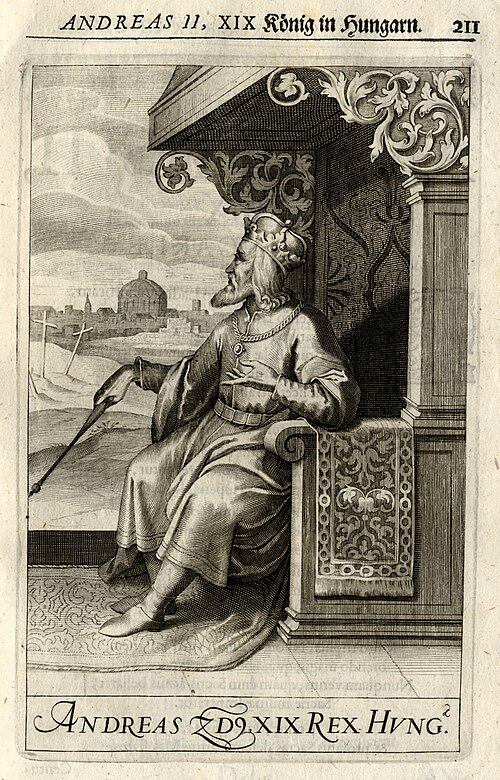
However, not everyone thought that way. After returning from Acre, King Andrew visited the most important fortresses of the Hospitallers, the castles of Margat (Marqab) and Krak des Chevaliers (Ḥiṣn al-Akrād). The King made several donations to the Johannites, giving them a considerable sum of money, hundreds of silver marks a year, from the revenues of various customs places in Hungary. His later reputation was favourably influenced by his letters of donation, rich in biblical references, which were included in the papal register volumes. The King was not sparing with words of praise:
‘As we devote ourselves to the service of God in the Holy Land, full of the pilgrim duty we have undertaken, we have seen for ourselves what we have long known by hearsay, that the community of the most holy hospital house of St John the Baptist in Jerusalem is redolent of the abundant practice of the virtues. We are convinced that the alms of our donation must go nowhere else but to the support of this house. For we have seen day after day that the brethren of the aforesaid house, like Job Tobiah, refresh the multitudes of the poor who flock to them by providing food, and bury the bodies of the dead in Christ with the respect due to them.’[2]
In another document, he linked his donation to his own admission to the Order of the Johannites: ‘And it is not only for the love of this consecrated college, but also for the desire to belong to their ranks, to share in their fate and to deserve to be partakers of their prayers and good deeds, that we have devoutly committed ourselves to their fraternal communion, that, for the spiritual salvation of ourselves and our descendants and ancestors of both sexes, we will annually at Easter, for the service of the poor of the mentioned house, give in perpetuity five hundred marks of silver…for the benefit of the poor.’
Fortunately for Andrew, his respect for the Johannites had as much effect on posterity as his indignation at his early departure. In the palace of the Grand Masters of the Order of St John in Malta, since the 1610s, a fresco by Leonello Spada commemorates the King’s vow to be the first of the crowned monarchs to join the Order, receiving the Order’s cross and habit. In the frescoes, he is shown in the company of such monarchs as Emperor Frederick II and King Louis II. Centuries later, in Paris, in the third room of the Salles des Croisades in the Château de Versailles, Gillot Saint-Evre’s painting of 1844 depicted the same scene.
‘[Andrew’s] respect for the Johannites had as much effect on posterity as his indignation at his early departure’
The overland route chosen by the Hungarian King was not an escape but a deliberate one. He behaved as one would expect of the head of a European middle power: he negotiated with the heads of the states in his path, made covenants, forged diplomatic alliances, and even broached the possibility of his niece marrying the Seljuk Sultan. King Andrew’s letter to the Pope in 1219 is not simply a pathetic defence, but rather a self-conscious boast, when he writes that he is related to everyone from Armenia to Bulgaria, by which, as he puts it, ‘we have gained no less profit for the Holy Land than if we had stayed longer around Jerusalem’.
The heraldry of the seals and money of the Hungarian kings could have kept alive the memory of the Crusade.[3] One of the coins of Andrew II shows a domed building with a double cross, probably the Church of the Holy Sepulchre. The popularity of the double cross remained unbroken in the heraldic representation of the Hungarian court in the second half of the 13th century and was even extended to include the image of the corona spinea, the crown of thorns of Christ, at the bottom of the double cross.
The memory of the campaign lived on in the ecclesiastical tradition, in the Franciscan order alongside the Johannites. At the 1217 convention, the monks decided to spread the order. It was a great opportunity for the campaign that was about to begin, and they probably found a place in the Hungarian King’s fleet, together with Elia of Cortona, the later first minister of the Holy Land.
The relics brought back from the Holy Land are the best-preserved memories of the Hungarian Crusade, but their fate is unknown due to the destruction caused by the Ottoman conquest. The patrocinium of St Bartholomew in the Downtown Candlemas Church of the Blessed Virgin Mary in Pécs, which was later converted into a mosque by the Turks, is most definitely linked to King Andrew, as can still be seen today. The crucifix mentioned in the Hungarian legend of St Margaret of the House of Árpád (1242–1270), daughter of King Béla IV of Hungary, may also have been brought to the country by the Crusaders.
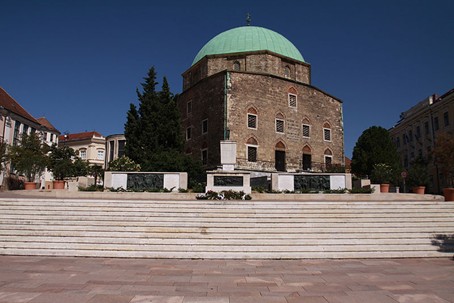
Even after 1218, the Pope looked to Andrew as a possible crusader, although Andrew did not fare as well as Louis IX, who returned from a losing campaign and was received by the Pope in 1149 as ‘an angel of the Lord rather than a mortal man’. The Pope never claimed that Andrew had failed to fulfil his crusade vow. The King himself argued in a letter of 1219: ‘The purpose of our pilgrimage was to liberate the Holy Sepulchre with all our efforts and to make the way to and from it safe for all pilgrims.’ There is no reason to doubt the King’s sincere enthusiasm and religious zeal for the campaign. For him and the participants, it was as much a pilgrimage as a campaign.
The Hungarian chroniclers were enthusiastic about the campaign for a long time. Highly influential printed works, such as the Mausoleum (1644) by Ferenc Nádasdy or the Hungarian law book Corpus Iuris (1799), both of which feature a print of Andrew II with an image of the Temple of the Holy Sepulchre, recall the King’s great military campaign. Of course, the misconception that Andrew himself began to use the term ‘of Jerusalem’ in his royal title still persists. He did not do so, as it was a title inherited from Naples by King Louis I of Hungary between 1348 and 1352.
‘The reassessment of the campaign and Andrew II has only been made in recent decades’
The emergence of critical historiography, regardless of religious affiliation, from the turn of the 19th and 20th centuries onwards, ‘lifted the veil’ on the previously much-appreciated campaign and its leader. Eminent historians read the contemporary chroniclers who were dissatisfied with the King’s departure and reassessed the campaign led by Andrew accordingly. Conservative Hungarian historian Bálint Hóman blamed the King for the failure of the campaign in 1928, while Zoltán Kosztolnyik called the Hungarians adventurers, not crusaders, in 1966. As foreign authors such as Steven Runciman or Thomas Curtis Van Cleve put it between 1951 and 1954 and in 1962, the Hungarians achieved nothing. The reassessment of the campaign and Andrew II has only been made in recent decades, surprisingly not by the Hungarians but first by Anglo-Saxon authors James Ross Sweeney in 1984, James Powell in 1986, Thomas William Smith in 2017, and Laurence Marvin in 2024.[4] They have demonstrated through thorough analysis that in the given situation, Andrew II and his army were successful and well-prepared for the subsequent continuation of the campaign.
The modern era has embraced a positive assessment of the campaign. As a sign of this, in 2019, on the occasion of the 800th anniversary of the campaign, with the support of the Hungarian Government, a monument to King Andrew II in Miliya in northern Israel was inaugurated, where, according to local tradition, the descendants of the Hungarian Crusaders settled. The tradition is obviously of later origin, probably a group of people settled in Ottoman times, but it shows the Hungarians’ connection with the Holy Land and Jerusalem.
[1] Pál Engel, The Realm of St Stephen — A History of Medieval Hungary 895–1526, London, 2001, p. 91; Attila Zsoldos, II. András, az Aranybulla királya, Székesfehérvár, 2022, pp. 396–399.
[2] For the cited charters, see Augustinus Theiner (ed.), Vetera monumenta historica Hungariam sacram illustrantia, Vol. 1, Rome, 1859.
[3] Imre Takács, Royal Seals of the Árpád Dynasty, Budapest, 2012, pp. 69–72.
[4] Attila Bárány, ‘King Andrew II of Hungary’s Crusade in 1217. New Insights’, in Dušan Zupka (ed.), Continuity and Change in Medieval East Central Europe: Social, Ruling and Religious Transformations, London, 2025, pp. 163–190.
Related articles:

